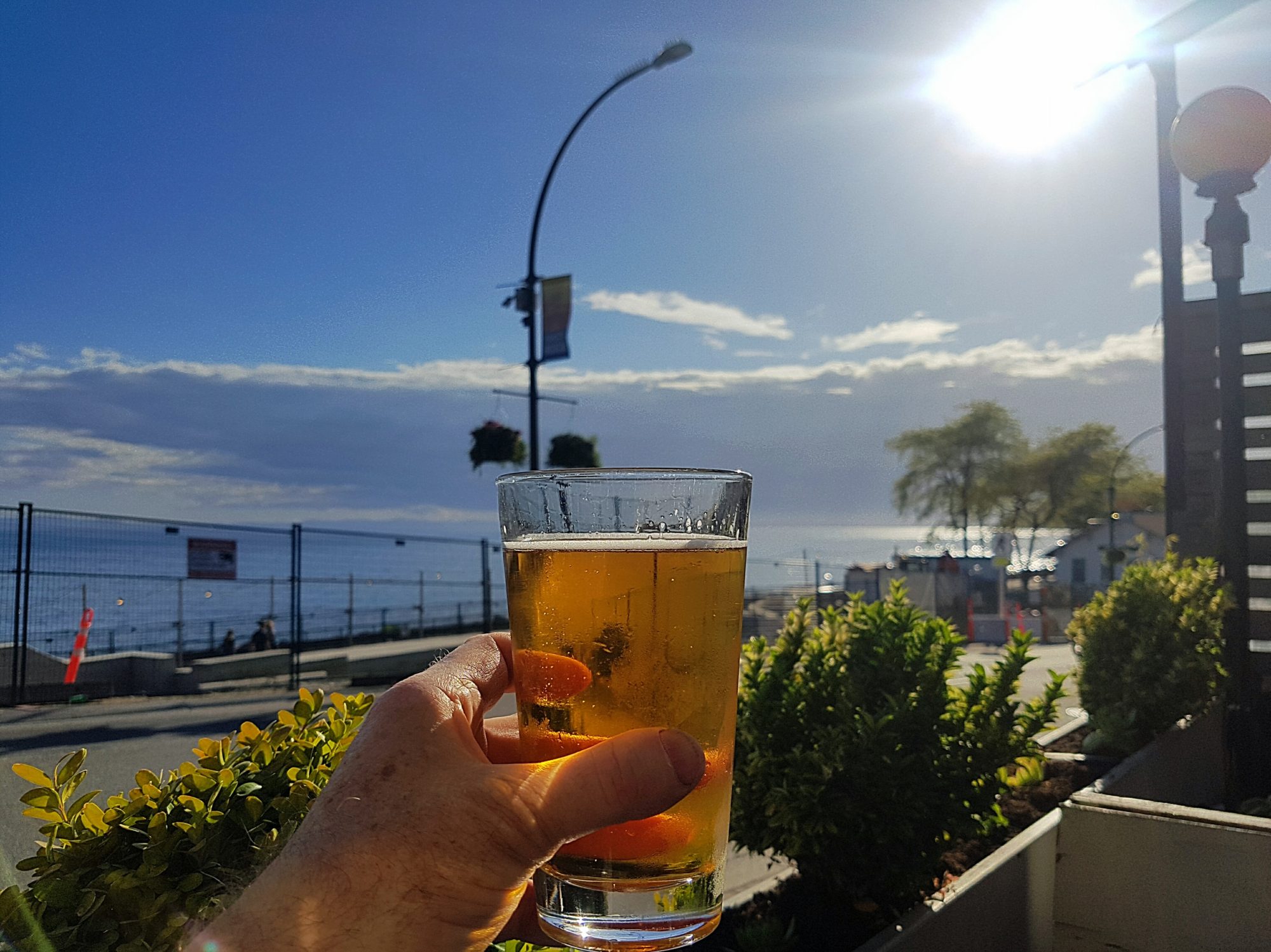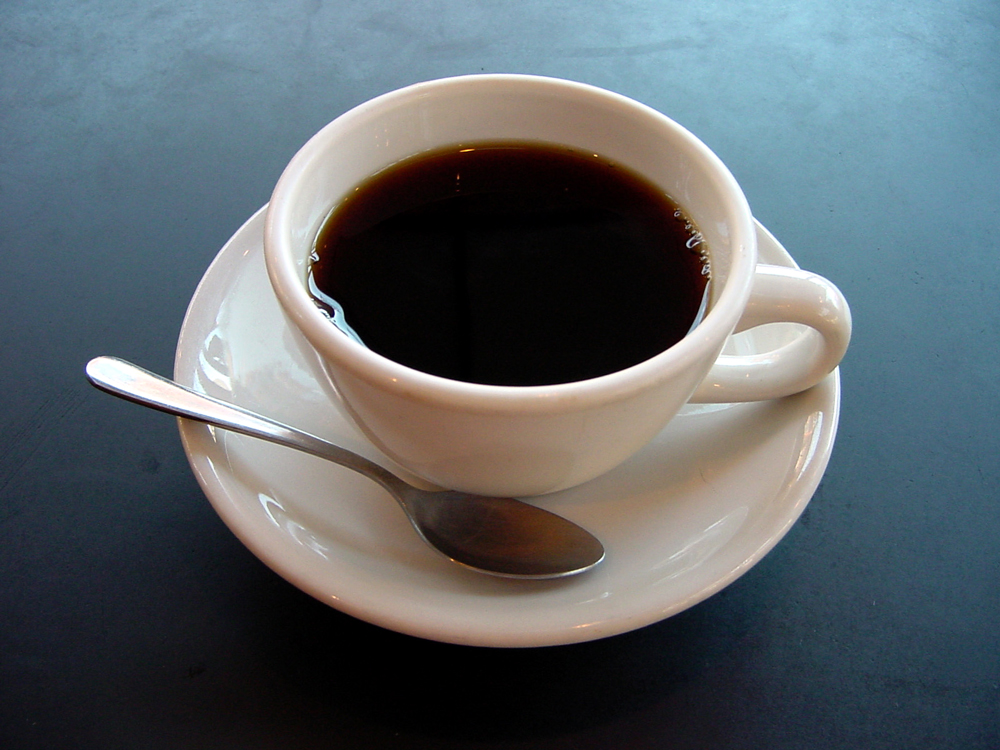
I don’t always drink wine. Or even beer. I don’t even drink whisky every day, come to think of it. I don’t like soda pop for the most part, and I drink about two quarts of milk per calendar year. There are only two beverages I consume on a daily basis: water, of course, since I am a squishy bag of mostly water by design, and coffee, because it is delicious brain juice that lets me function in society.
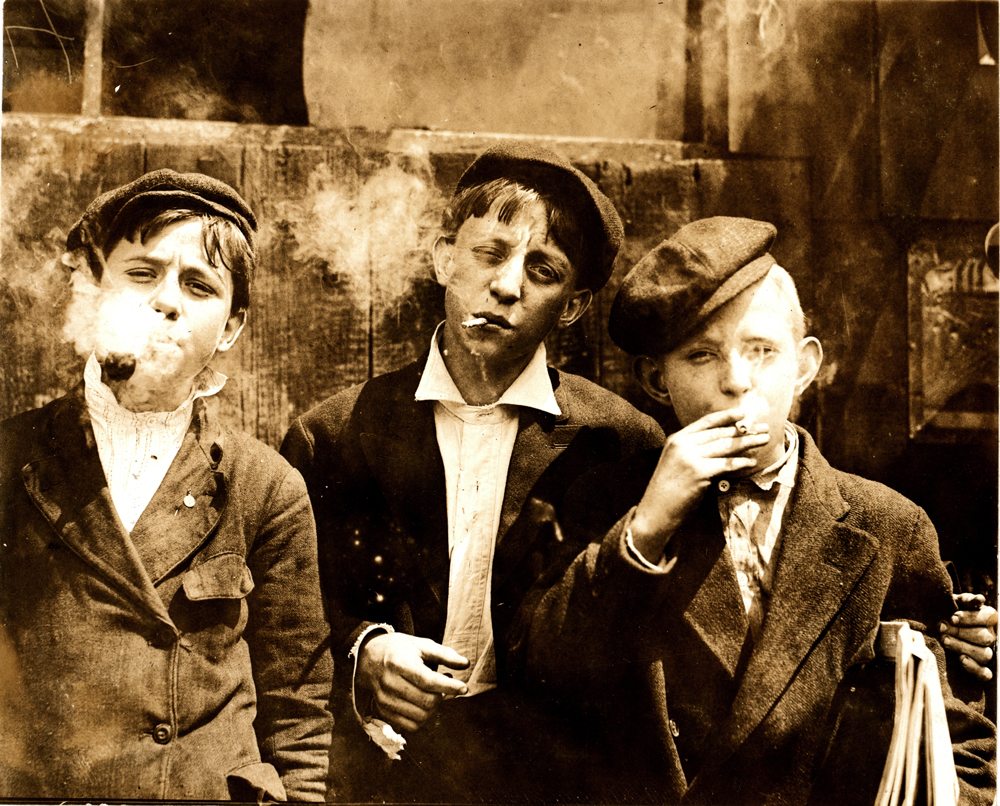
I started drinking coffee quite young. In retrospect, being in the single digit range for birthdays was probably a little on the youthful side for drinking caffeinated beverages, but if you believe the Coffee Achievers, it was probably the making of me, and there are worse habits.
My taste in coffee has evolved over the years, as has the way I consume it. As a kid I liked it with lots and lots of milk and sugar. I lost my taste for sweets after a while, quit bothering with milk, and started drinking hot, black coffee by the gallon. Keep in mind I was raised by simple prairie folks, and the coffee wasn’t premium or sophisticated. It was pre-ground, canned coffee that was on sale, and made in an automatic drip machine manufactured by a company more known for electric drills and sanders than for food equipment.
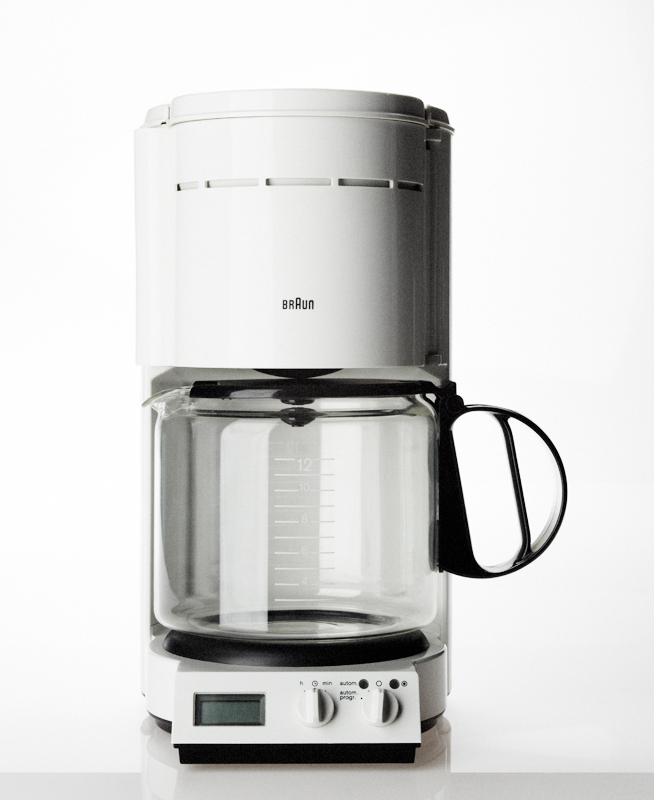
A friend of mine once described this beverage as ‘Lutheran Coffee’, after the kind of brew you find in one of those giant percolators in a church basement. I liken it to hot brown coffee-water. After I left home I started buying beans and getting them ground at the store. Then I bought my own grinder, and one of the most perfect coffee making machines ever invented: the Melitta Cone Drip. That worked for years, until I got a bug in my ear about espresso. Then I had several set-ups, refining how I like my coffee with automated espresso makers, stove top units, et cetera.

I keep experimenting with coffee making, but the final frontier for me has been to seize control over roasting my own beans. Coffee is the seed of a cherry-like fruit, and after gathering and processing, it looks like a little green rock with a cleft in it, and it doesn’t taste of anything special. It’s not until you roast it to a rich, chocolatey brown that it releases that heavenly aroma and beguiling flavour.

By this time you should be getting the idea that I never leave well enough alone, and everything in my life is in imminent danger of becoming an obsession. I did some research, fiddled around a bit with primitive methods, including roasting beans over a wood fire in an iron pan like the Ottomans did, but a conversation with a professional coffee roaster made me realise that there was something to having the right piece of equipment for the job: heat ramp-up especially was a thing. There’s a long explanation, but if you heat the beans up too slowly they dry out and lose some of their nuance. Heat ’em up too fast and they just char instead of roasting nicely. A good roasting machine can take that into account. A good machine like the Behmor 1600.
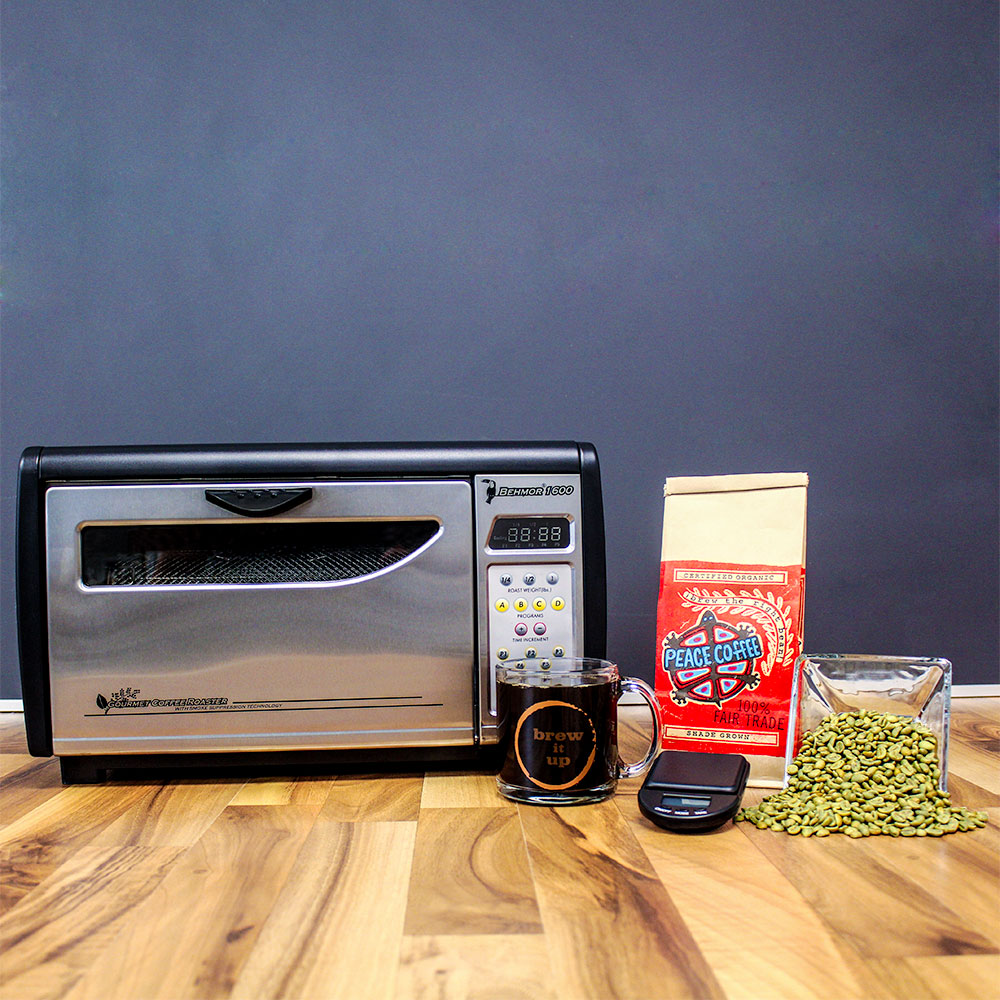
The unit is a masterful design. You can check out the manual here, which is an excellent segue: always read the instructions. With some things, like an ice-cube tray, the stakes are low. If you do it wrong, worst-case, you don’t get ice cubes. Because this machine is using high heat to dry out and subsequently roast cellulosic vegetable matter saturated with oil (coffee), if you overdo it, it can catch fire. Which is bad.
If you’re going to get a roaster, read and pay close attention to those instructions. They’ll make sure you stay safe and that you get a decent cup of coffee from the first try. After that, you can start fiddling around with the time, ramp-ups, drum speed and all that jazz. But start with the basics. To show you those basics, have a look at this overview of roasting basics that I put together in my kitchen.
The manual may be a little intimidating at first, but as you can see, it isn’t rocket surgery: Follow the instructions, don’t leave the Roaster unattended while it’s on, and learn to recognise the difference between first and second crack and you’re in.
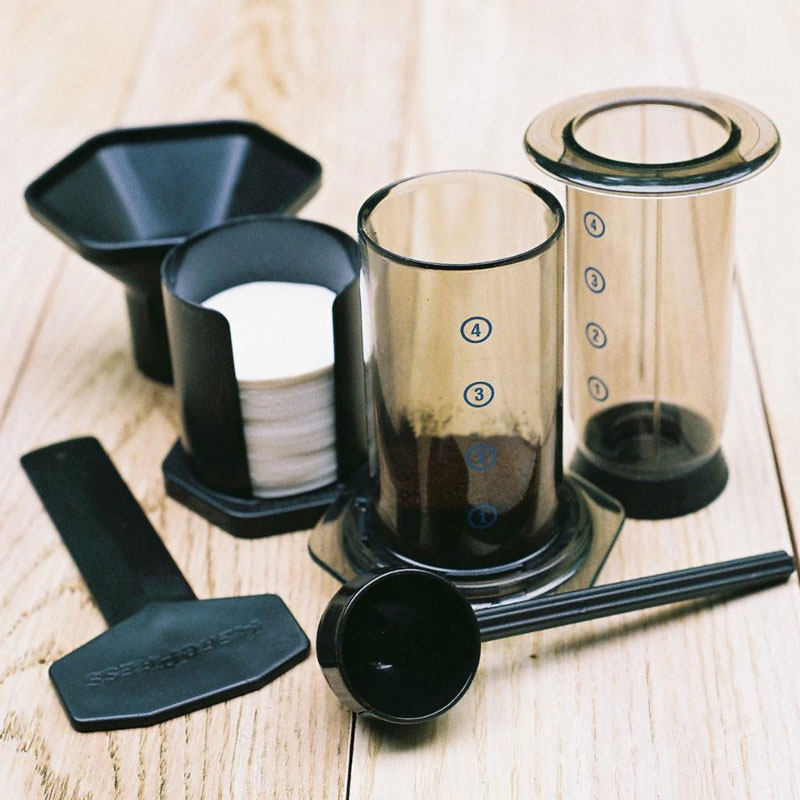
If you’re curious about the coffee making rig shown at the end of the video, it’s an Aeropress, and it’s what I use to make an excellent–just about the best, really–cup of hot coffee I’ve ever had.
But what if you want a bigger thrill? What if you want the ultimate in coffee deliciousness? What if you want . . . this
Cold-brewed coffee is the hottest-cold thing to show up in coffee use in the last ten years. You get flavour extraction by trading the heat of the water for time. Rather than a three or four minute steep with water around 200F (your mileage may vary) you use tepid water and soak overnight, or for 24 hours. This slow, gentle extraction leaves behind a lot of the harsh tannins, while teasing out the smooth, rich flavours that make coffee so wonderfully good.
And Nitrogen dispense is what has made Guinness Stout so popular. Forcing your cold-brewed coffee through a Stout Faucet with medium-pressure nitrogen gives it that creamy, foamy ‘cascade’ of flavour goodness. Honestly, it makes coffee wickedly drinkable, to the point where I have to monitor my intake or I’ll wind up dancing around like wacky waving inflatable arm flailing tube man.
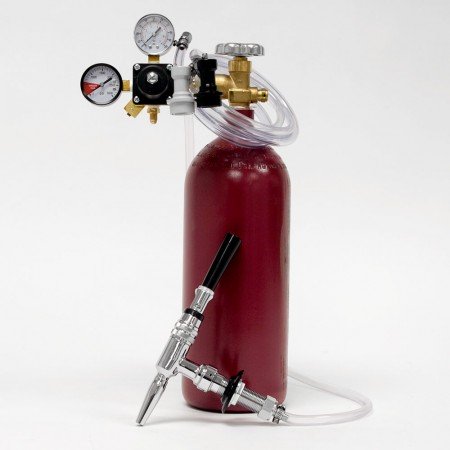
Previously, if you wanted to do nitrogen dispensing at home, you needed a full-on setup, with a keg refrigerator (standard homebrew kegs are not fridge-friendly: they crowd out the pot roast), a nitrogen tank, special regulator, and a bunch of other bits and bobs. Not a stretch if your life includes that kind of thing as a hobby, but a bit of a stretch for your average coffee fan.
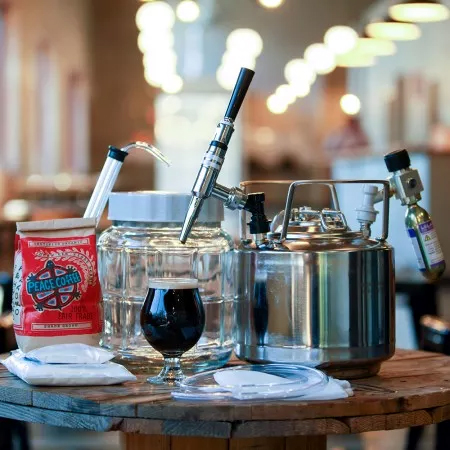
Enter the Jacked-Up™ Nitro Fully-Loaded Cold Brew Starter Kit. It includes everything you need for cold-brewed, insanely delicious cold-brewed-nitro-coffee at home. Two things make it ideal for home use. First, the keg itself. Have a look at mine.
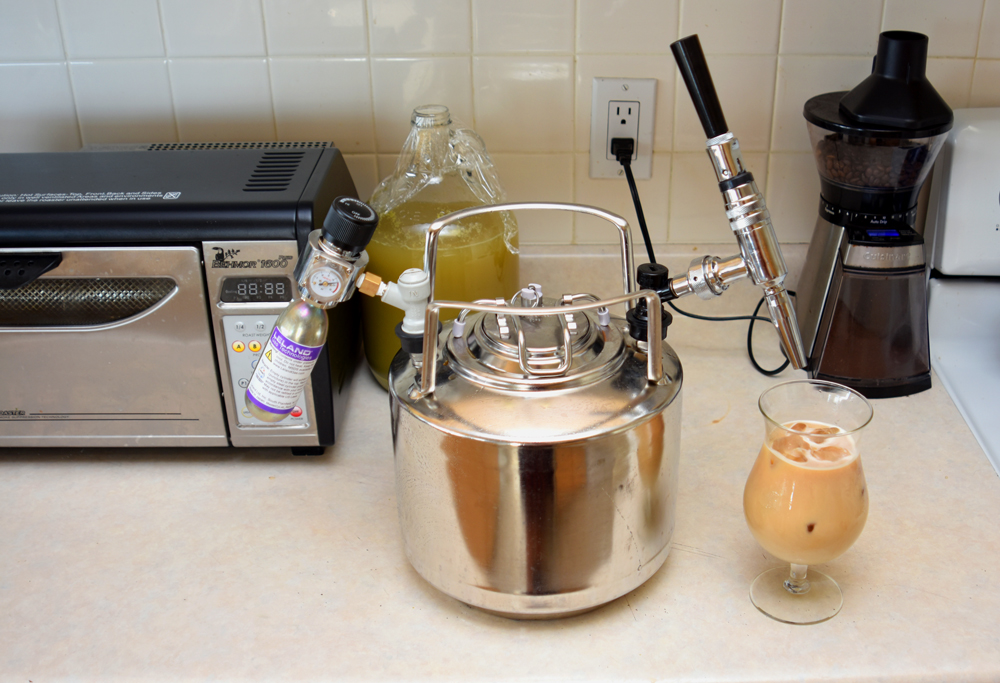
Pop the tap and the regulator off of it and the whole keg fits onto a shelf in a standard fridge, ready to dispense your coffee at any time. (Don’t tell anyone I told you, but it’ll also dispense Wine like a champ).

Second, check out that regulator, with the attached nitrogen cylinder. You don’t need to buy the full-meal-deal nitrogen tank, regulator et cetera, you just screw in a cylinder of nitrogen gas, pop it on the keg and dial up your pour. You can even take the Cannonball keg with you to parties or the back yard, or wherever. This is a brilliant enabler of coffee usage.
Check out how I do it.
I’ve nearly got the whole coffee thing handled. Five, six more years at most and I’ll have my system perfected.
Now, I wonder how you roast your own tea?
